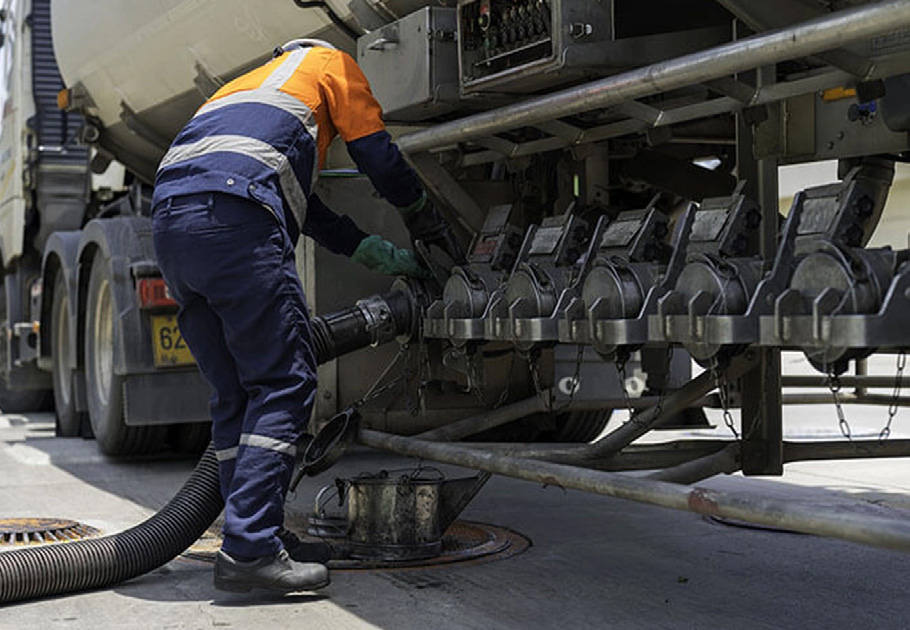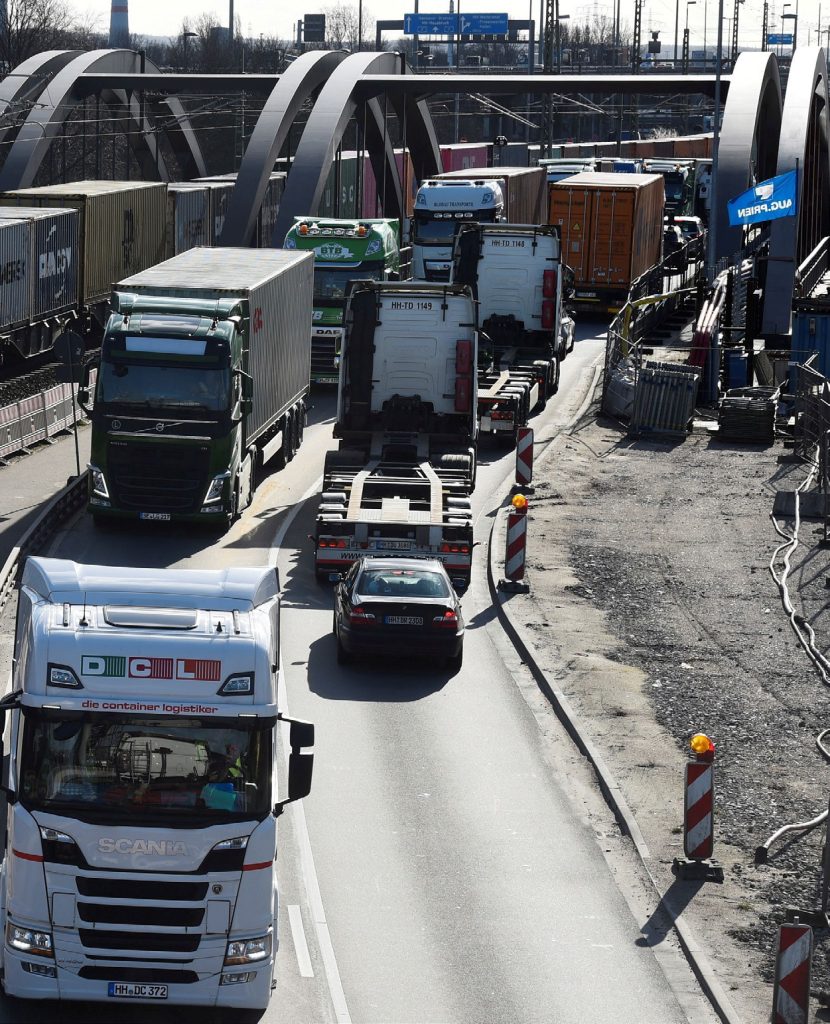Though Zimbabwe is in its infancy in regards to accessing and using the latest technology similar to that found in advanced regions of the world, the country is increasingly providing new opportunities for innovations. In the domestic fuel industry, there has been a sharp rise in fuel logistics companies, corresponding to the increase in companies specializing in the transportation of fuel.
There is plenty of evidence showing that the local fuel supplies sector is growing, compelling players to catch up with technologies that have proven worthwhile elsewhere. With this upturn the adoption of new technology to augment operational standards has risen, as competition and the need to keep up with global trends increases.

It is important to note the rise of new tech trends in the domestic fuel logistics market, and though far from matching international standards, the efforts are notable and quite commendable. This shows that the Zimbabwean fuel logistics sector is not sitting back.
Another factor is that the current boom in the Zimbabwean fuel logistics sector defies the experiences of
the 1990s when the country’s fuel logistical system experienced several exciting changes.
These changes were mainly due to the then structural adjustment programme, and newfound trade opportunities between our country and its neighbours, especially South Africa (between 1993 and 1994).
The mid-90s period was followed by further economic hurdles that slowed down the growth of the fuel logistics industry, only to see it rebound in the last 10 years or so. It was then that established and newly formed fuel logistics companies began to accelerate their service offering through the adoption of new technologies. Established players realised the need to go beyond hyping up their years of industry experience, having committed teams and brand-new fleets of vehicles, to stay ahead of the rising competition. On the other hand, the positives are that the new players coming to the market are well equipped with the right technologies. Deployment of these new technologies significantly improves various aspects of the fuel logistics industry such as the provision of safe and efficient delivery services.

Playing a huge role in the management of fleets and teams are more advanced technological systems for vehicle monitoring and satellite tracking. Mix Telematics is one of the dominant and trusted tech systems now in Zimbabwe, which ensures users are able to channel accurate fuel data based on usage.
The same technology can help to record driver behaviour data including events and trends that may show that fuel has been unreasonably used. These systems are monitored every second by specialised and dedicated teams that keep management updated throughout each truck’s trip. The system is synchronized, providing fleet managers with the data needed in important decision-making processes. Relaying and updating information from the tracking unit happens in real-time, offering diverse functionality features. These technologies result in much better delivery of correct and complete data to clients.
In cases where traditional telecommunication networks fail to function, the Mix Telematics system is built to simultaneously turn to satellite communications, enabling continued contact with personnel like drivers and fleet /logistics managers.
Furthermore, players in the Zimbabwean fuel logistics sector have also embraced aluminium tankers, a new technology that has recently been introduced to the market. The aluminium tanker technology is favoured principally for its lightweight characteristic but also offers ease of fabrication, has high corrosion resistance, and comes at a much more affordable price than other metals like steel.
Whether a fuel logistics company is transporting Paraffin, Jet A1, Liquified Petroleum Gas (LPG), Avgas, Ethanol, and other fuels, it is important to use the latest technology to avoid losses and downtime, and also maximize business efficiency. By investing in modern technology companies are bringing to the market efficient methods of managing fleets and keeping up with modern trends that improve customer service, offer better route management, and close monitoring of vehicle running costs that in the end maintain reasonable prices. The system simultaneously protects vehicles, drivers, and cargo.

Enterprise Resource Planning (ERP) is another modern approach that players have incorporated into their daily operations to enable the proper and professional management of operations involving personnel like drivers, workshop mechanics, and managers. This system is part of a precise and purpose-built application meeting mobility needs and a tracking system for the gathering of computerised statistics.
Another modern technology, the Driver Defects Form App, permits users to enjoy instant reporting of defects, instant reports of breakdowns, and the identification of the vehicle location and is turning around the fuel transport industry.
Other tech trends like machine learning, artificial intelligence, the internet of things (IoT), blockchain technology, and supply chain integration are also widely used in logistics operations and are becoming more established. The adoption of these technologies by developing markets like Zimbabwe may take some years, but already these are encouraging signs and exciting times for the domestic logistics fuel industry.
PS:
According to the ICC Academy, the educational arm of the International Chamber of Commerce
(ICC), “the terms transport and logistics are often used interchangeably, but in fact, have very different scopes of coverage. The transportation industry focuses on the actual movement of products via ground, ocean, and air conveyances (methods of transport). Logistics covers a much broader scope of activities that facilitate the management of product movement within the supply chain.”
Text By Martin Chemhere

